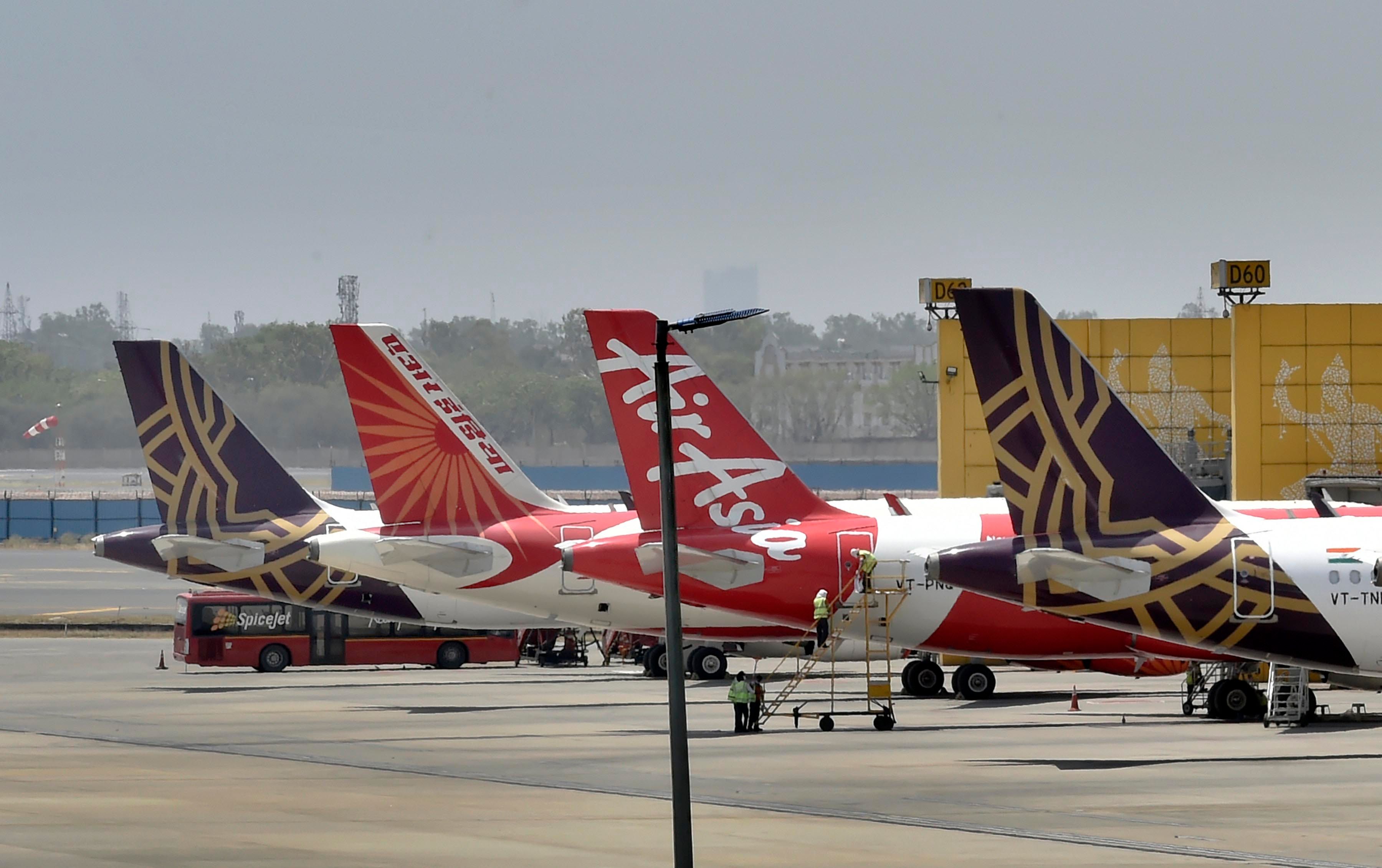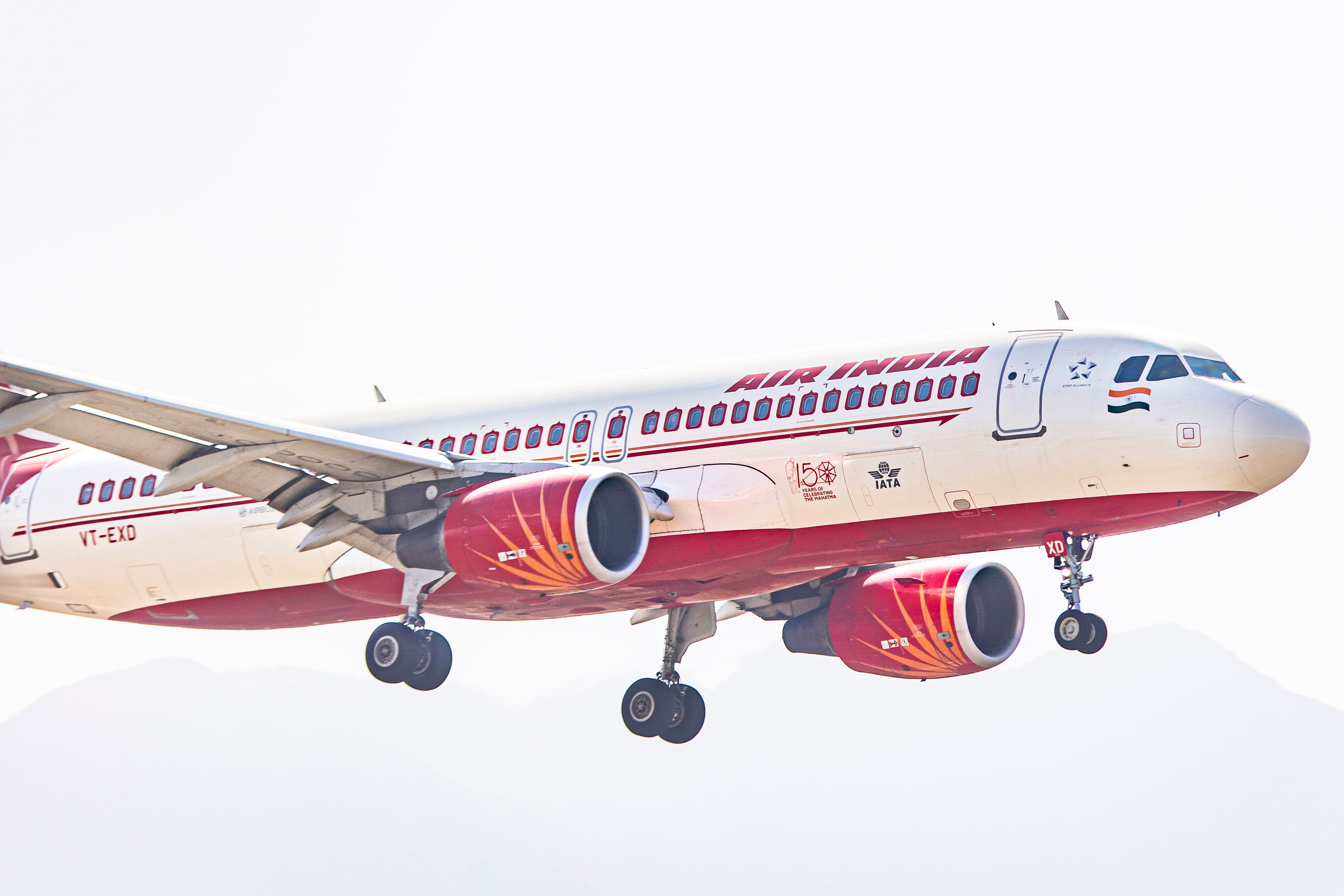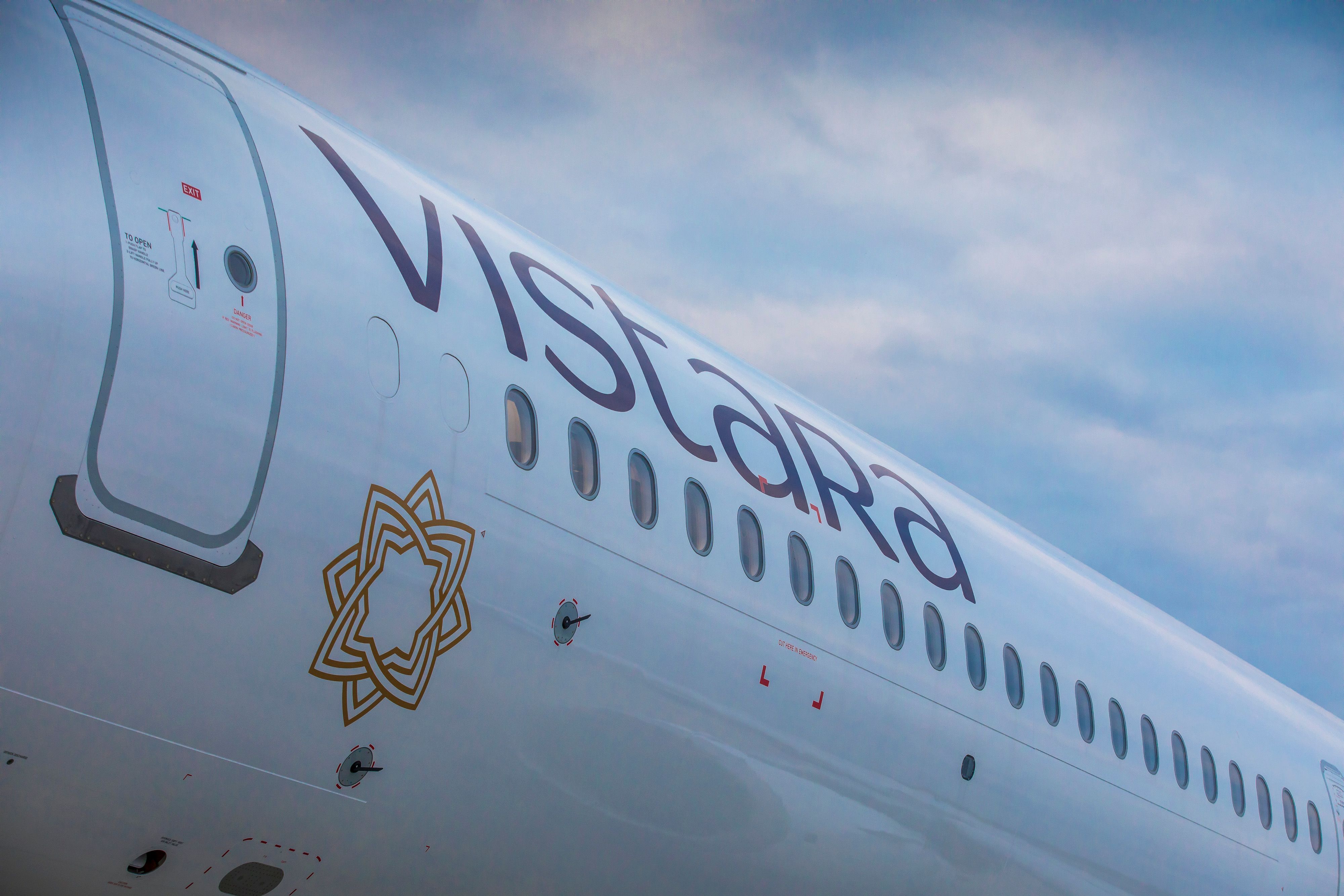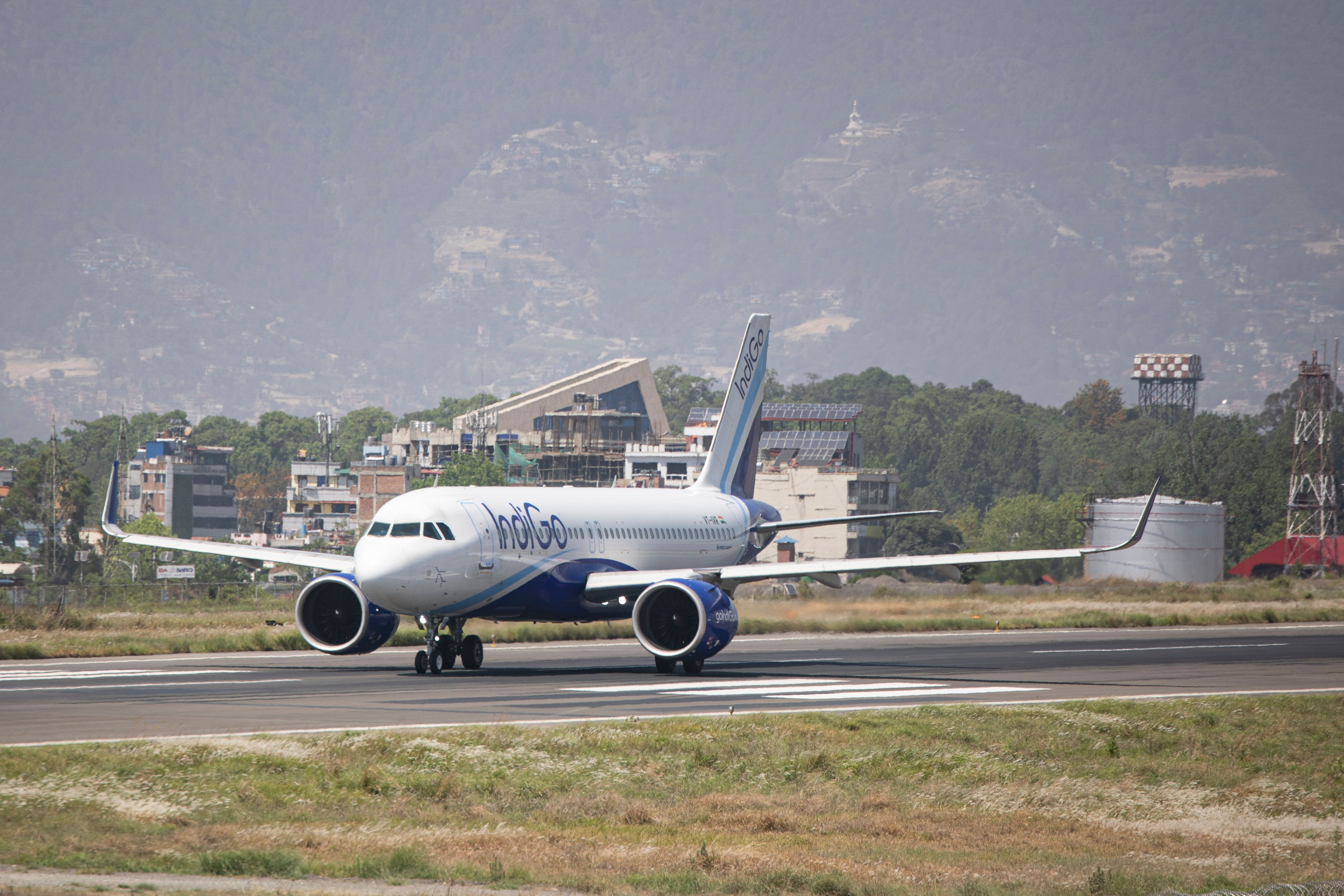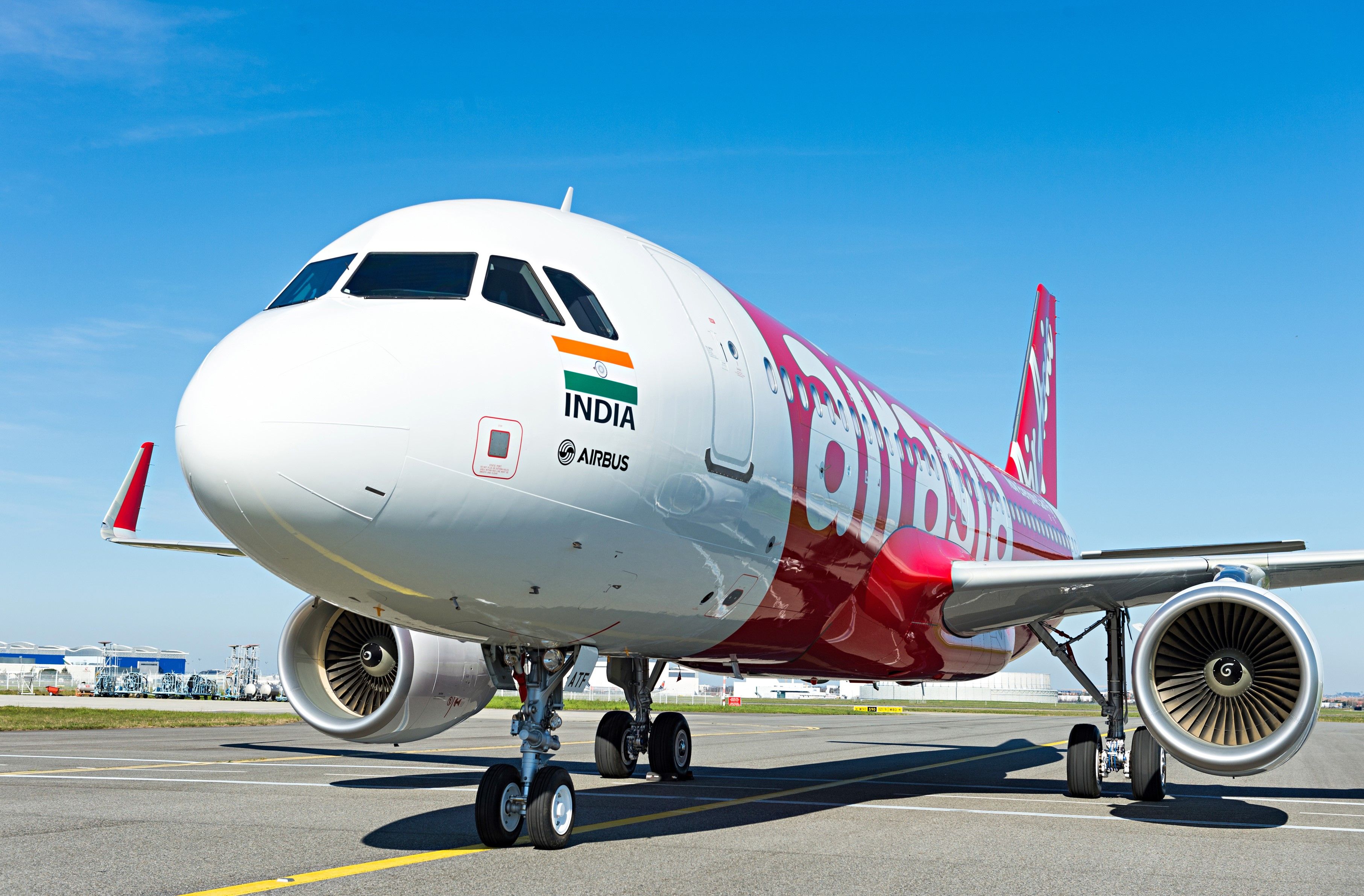As the Tata Group prepares to streamline its airline business, it is hoping to cash in on the collective strength of all the carriers under its brand. While individually, they may not present a strong enough picture, they have a significant presence in some of India's busiest sectors as a collective unit.
Most frequent on 7 out of 10 routes
While the Air India group is still officially not a single unit, one can't help but analyze its collective strength in the Indian aviation sector. Air India will merge with Vistara to form a bigger full-service carrier while AirAsia India and Air India Express will join forces to create a low-cost carrier under the larger Air India brand.
While individually, these airlines dwarf in front of the industry leader IndiGo, together, they begin to offer some resistance. A report by Business Standard highlights that the Tata Group airlines collectively dominate seven out of the country's top ten busiest domestic routes.
As part of the merger approval process, the Competition Commission of India (CCI) looks at the traffic in city pairs to get an idea of the merged entity's market share. It turns out that the Air India group has the most weekly frequencies on most of the top 10 busiest domestic routes. These include:
- Delhi-Mumbai
- Delhi-Bengaluru
- Mumbai-Bengaluru
- Mumbai-Goa
- Delhi-Pune
- Mumbai-Chennai
- Delhi-Srinagar
Get the latest aviation news straight to your inbox: Sign up for our newsletters today.
While IndiGo, in its individual capacity, continues to dominate, it begins to kneel down in front of the Air India group carriers collectively. The report, for instance, cites the Delhi-Mumbai traffic as an example where IndiGo alone has 214 weekly departures, but together, the Tata Group carriers offer 344 weekly flights.
Competing with IndiGo
It is, however, important to remember that IndiGo still is, and is likely to remain, for the foreseeable future, the largest airline in the country. The DGCA's latest data shows that the budget carrier commands a 56.7% share of the domestic market. Individually, Air India, Vistara, and AirAsia India have 9.1%, 9.2%, and 7.6% share, respectively – nowhere close to IndiGo.
Barring the top 10 busiest routes, IndiGo completely outshines all other Indian airlines on a majority of routes. But over time, the Air India group will pose a significant challenge to IndiGo's dominance and will attempt to change the status quo.
Business Standard quotes aviation analyst Ameya Joshi as saying,
“A dominant carrier can dictate pricing to some extent. But with as many frequencies [in the top busiest routes], Air India will be in a position to attract corporate traffic like never before. Corporate traffic looks for multiple frequencies, among other things.”
Even in three out of the top 10 routes that IndiGo dominates, Air India Group offers significant competition. These are Delhi-Kolkata, Delhi-Hyderabad, and Delhi-Ahmedabad.
But IndiGo is not the kind to take a beating sitting down. With Air India becoming the most punctual airline in the country, IndiGo has also stepped up its game and made changes to its operational strategies.
Check out more Indian aviation news here.
The carrier has reportedly asked its pilots to reach airports at least 75 minutes before departure and ensure they are inside the aircraft at least 35 minutes before intended take-off. The airline wants all pre-departure procedures to be completed 15 minutes before take-off.
The stage seems set for intense competition in Indian aviation in the coming months.
What are your views on this? Please leave a comment below.
Source: Business Standard

